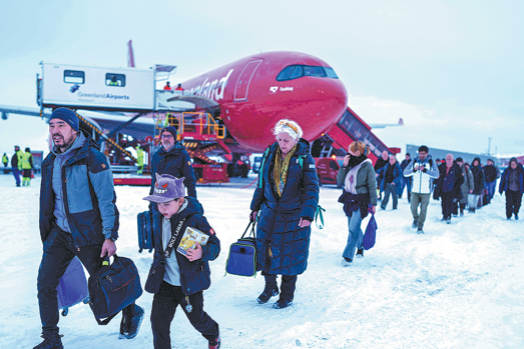Countryside campaign
By Li Lei | China Daily | Updated: 2021-06-15 07:20

Rising awareness
After the language program concluded, Hermann left China and worked as an accountant in a number of countries. He joined HPP in 1999 and provided humanitarian services in Zimbabwe and India.
He returned to China in 2005 as HPP's China representative and teamed up with authorities in Southwest China's Yunnan province to navigate some of the country's most entrenched poverty. After 10 years of absence, he found China beyond his recognition when he arrived in the provincial capital, Kunming.
"All was clean. Taxis only stopped where they were allowed to," he says.
But he was quick to notice that the economic boom following China's joining the World Trade Organization in 2001 had only trickled into the countryside.
At the time, China had stopped showering the poor with State benefits. In 1994, China embraced development programs, such as fostering local industries, upgrading rural infrastructure and helping farmers land urban jobs, but the progress remained slow.
While visiting the Lincang Lahu autonomous prefecture, a stronghold of his projects, he saw a four-lane boulevard stop abruptly, only to be replaced by a mud road linking rural parts of the prefecture.
For Hermann, the distribution of government funds resembled a pyramid-resources first went to top cities, then to smaller cities, counties, townships and finally to villages.
He also helped to raise public awareness of HIV/AIDS in rural Lincang. In 2007, HPP China hired 60"field officers" to pay visits to farmers' homes, as part of a broader effort to help educate farmers, overcome stigma of infection, and bolster acceptance of testing and treatments.
"Activities including HIV prevention and control projects had helped complement the efforts of local health authorities," he says.
Hermann and his colleagues handed out condoms and promoted protected sex. They also introduced home-testing in 2009, which bolstered testing rates. That year, then Vice-Minister of Health Wang Longde inspected the project and praised their contribution in local media.
The program later prompted the provincial government to deploy 10,000 volunteers for HIV/AIDS work.
By end of 2017, testing sites had been created in all the province's townships and more than 1,000 villages. The rate of detection reached 80.2 percent, up from just 58 percent in 2010, official data shows.
























